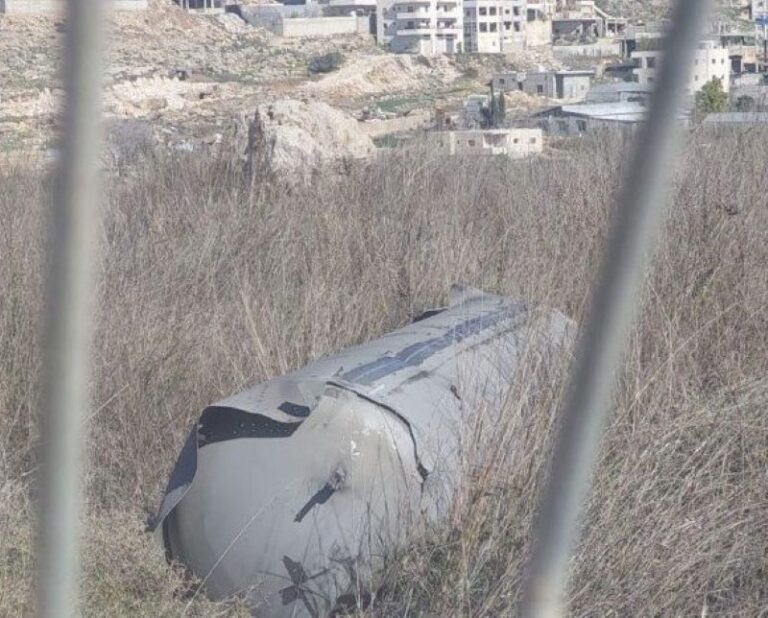 The much-anticipated international debut of the military’s new, high-tech fighter jet was still in limbo Thursday, as officials scrambled to determine the cause of the fire that grounded the aircraft last week.
The much-anticipated international debut of the military’s new, high-tech fighter jet was still in limbo Thursday, as officials scrambled to determine the cause of the fire that grounded the aircraft last week.
Defense Secretary Chuck Hagel is visiting Eglin Air Force Base, where many of the F-35 fighter jets are based. And he met with the pilot who escaped the aircraft fire – the latest stumble in the military’s most expensive fighter jet program.
U.S. military officials grounded the entire F-35 fleet last Thursday while investigators try to determine why the aircraft caught fire on the runway June 23 as it was about to take off for a training flight. The grounding has jeopardized plans to display the Marine Corps version of the aircraft at two airshows in England.
After a series of briefings Thursday, Hagel said the final analysis is being done.
“We’re not going to put aircraft in the air unless we feel absolutely secure that it is safe,” Hagel said.
Standing in a hangar at the base, Hagel said he was able to sit in the cockpit of one of the aircraft, joking, “They didn’t let me push any buttons.” But he said he got a good sense of the aircraft and how important it will be for the nation’s security.
Three variants of the aircraft are being developed and built, one each for the Air Force, Navy and Marine Corps. It is still in development and training and not yet being used in combat flight operations. The Marines expect to field their version of the F-35 next summer, the Air Force will follow in 2016, and the Navy a year after that.
Members of Congress, however, have complained that the $400 billion program has been troubled with testing problems, delays and cost-overruns. The aircraft is intended to replace Cold War-era aircraft such as the Air Force F-16 fighter, the Navy’s F/A-18 Hornet and the Marines’ EA-6B Prowler and AV-8B Harrier. And a number of international partners, including Britain, also are in line to buy F-35s.
The British were particularly eager to see the F-35’s debut at the airshows.
U.S. officials are hoping they can wrap up the investigation soon enough to get the F-35s to England for at least a portion of the air shows.
Initially the commander temporarily suspended flight operations of the F-35 while the safety investigation was conducted. But military leaders later suspended all flights and ordered inspections of the F-35 engines, in order to determine if there was some type of systemic problem or if the issue was limited to that one aircraft.
The grounding threatened the F-35’s much-anticipated appearance at the Royal International Air Tattoo and the Farnborough International Air Show.
The Marine version of the fighter is designed to be able to take-off in a very short distance and land vertically. The Navy version is designed to be able to take off and land on an aircraft carrier.
So far, 97 aircraft have been delivered to the military, 28 for testing and 69 to training units. The aircraft have totaled more than 16,000 flight hours.
In FY2015, the U.S. Navy has requested $3.3 billion for eight aircraft — two for the Navy and six for the Marines, and the Air Force has requested to buy 26 aircraft for $4.6 billion. Over the next five years, the Navy has requested 105 aircraft for a total of $22.9 billion and the Air Force is asking for 238 aircraft for a total of $31.7 billion.
The training goes on at Eglin despite the grounding, including the ongoing use of simulators and tactical discussions about the capabilities and use of the stealthy aircraft.
(AP)










